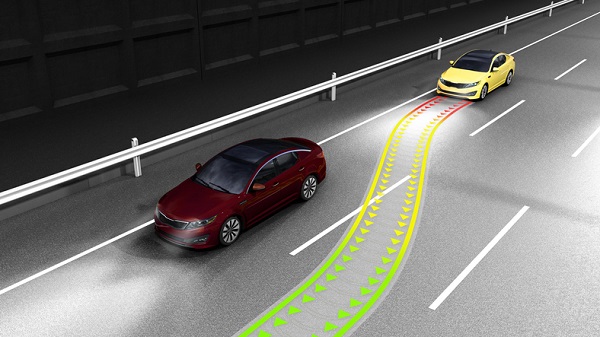What You’ll Need to Know About Collision Avoidance After Auto Mechanic College

Collision avoidance systems have been showing up in cars more and more in recent years. These are various kinds of tools and features that can help a vehicle take corrective action if an accident appears imminent.
Not only do collision avoidance systems help mitigate the number of crashes and accidents, but they also keep the driver focused and aware of what’s going on around them. Here’s what auto mechanics will need to know about collision avoidance systems during their careers.
Certain Systems Can Help Vehicles Sense Possible Dangers
Using equipment and techniques like lasers, cameras and radars, some vehicles can sense approaching obstacles such as pedestrians or other cars. After sensing a possible danger, the system can alert the driver through beeping or blinking icons, among other possible collision avoidance features. Some cars have systems like forward collision warning, which can make noises to alert the driver if they’re driving too close to the car immediately ahead of them. Additionally, some collision avoidance technology even features advanced software to perform preventive tasks like corrective steering or automatic braking. Any automotive mechanic will recognize how far car technology has come over the years—especially as far as collision avoidance is concerned.

Several Other Features Can Help Protect Drivers Even Further
While these types of sensors are one way to keep drivers safe and prevent accidents—or at least limit the damage when they do happen—collision avoidance systems can come in many forms. For example, some cars can help the driver spot potential obstacles through rear view cameras and parking assistance systems, as well as through lane departure warnings, heads-up displays, adaptive headlights, automatic parking, and blindspot monitoring. Some systems will even detect when a driver appears to be nodding off, and will alert them with a warning in order to help them stay alert. Many of these types of features have become regular components of cars nowadays, with some—like rear view cameras—even becoming mandatory in new cars.

Every Auto Mechanic Should Know About the Autonomous Emergency Steering System
First seen with the major car manufacturer Nissan, the autonomous emergency steering system is a type of system that is great to have when a driver can’t necessarily react fast enough to a sudden obstacle. If an accident is seemingly unavoidable, an emergency brake assist system can help prevent it by bringing the vehicle to a sudden stop. Alternatively, autonomous steering can help the car automatically swerve around the obstacle safely. This type of steering technology is becoming more widespread as it has the potential to save the lives of not just drivers but pedestrians as well. Those who learn how to service steering systems in their mechanic program may encounter these autonomous emergency steering systems in their own careers.
Want to study at an auto mechanic college?
Contact Automotive Training Centres for more info!

